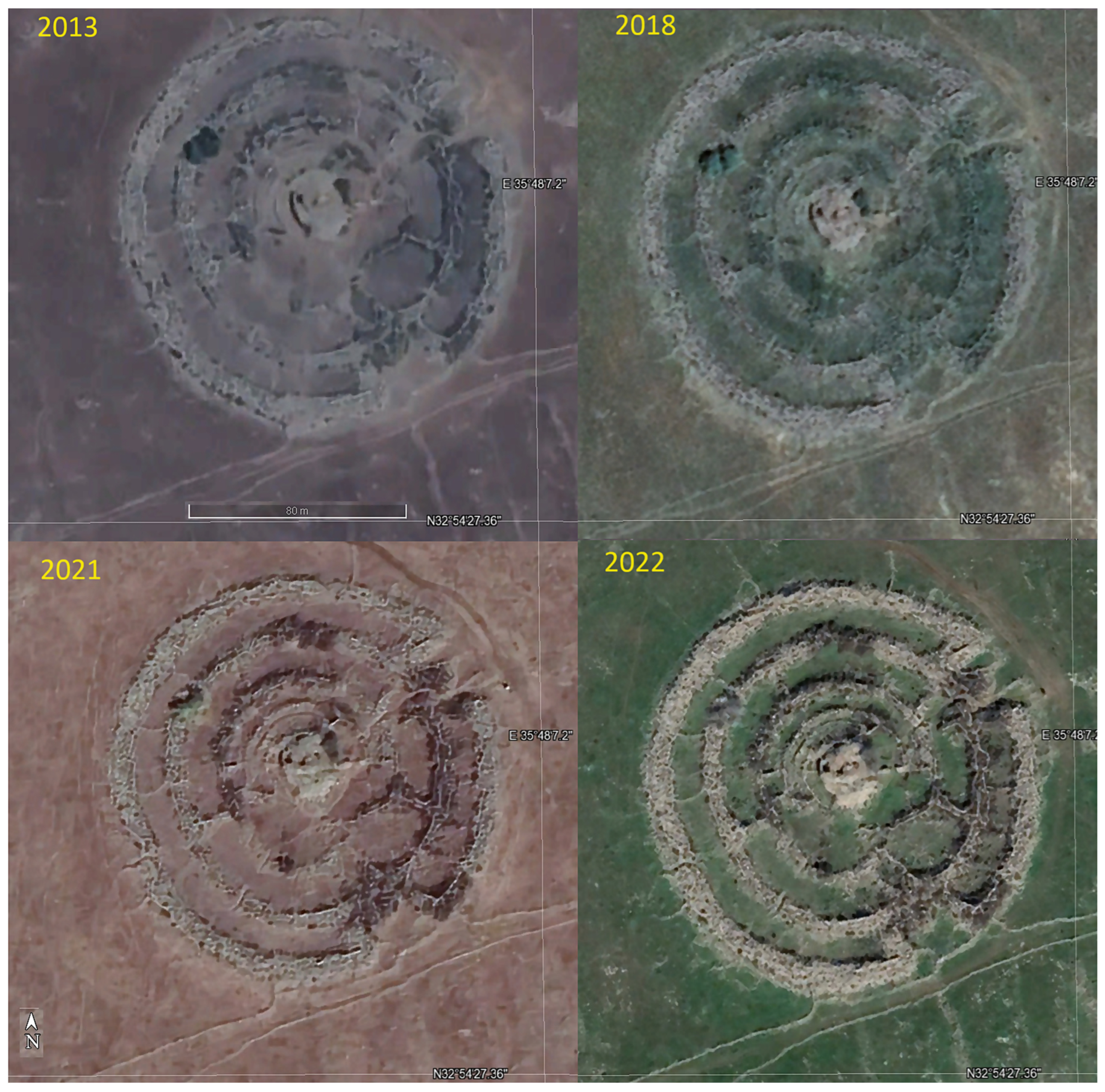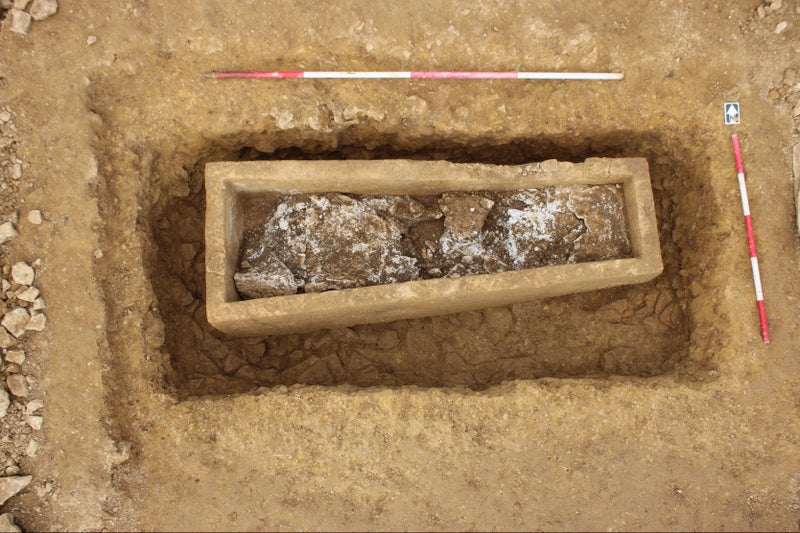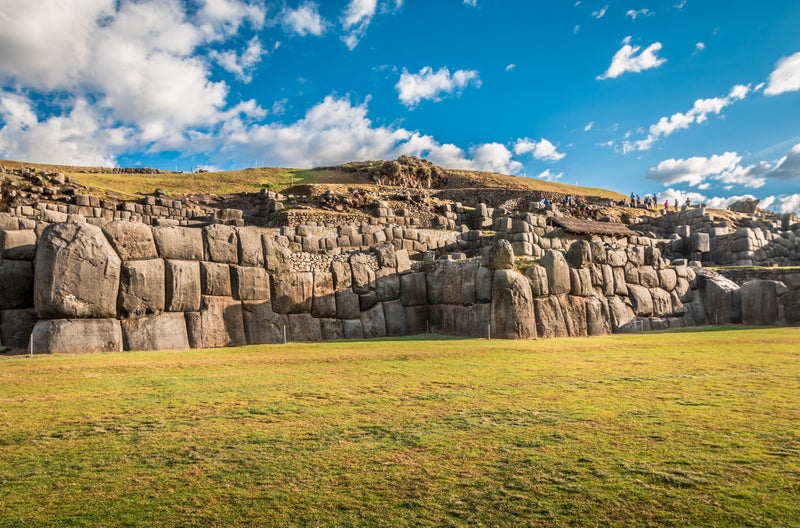Mysterious 5,000-year-old ‘Stonehenge of the East’ is drifting over time, study shows
Share:
True purpose of enigmatic stone circle in Golan Heights has remained elusive despite decades of research. Archaeologists have discovered that the famed monument of Rujm el-Hiri in the Golan Heights, popularly called “Stonehenge of the East”, has drifted tens of metres since its construction 5,000 years ago.
![[Geographic location of Rujm el-Hiri and its aerial view]](https://static.independent.co.uk/2025/01/15/04/Screenshot-2025-01-15-at-9.33.01%E2%80%AFAM.jpg)
In spite of decades of research, the true purpose of the enigmatic giant stone circle, spanning nearly 150m across, has remained elusive. A new study, published in the journal Remote Sensing, assessed satellite images of the monument in Syria and found that it may have been used as an astronomical observatory in ancient times.
It also found the massive stone structure has gradually moved away by tens of metres due to tectonic activity. Tectonic plates in the region move just under an inch every year and this minor movement could have added up significantly over millennia, researchers said.
“Analysis shows that since the entire region has rotated over time, the Rujm el-Hiri’s location shifted from its original position for tens of metres for the thousands of years of the object’s existence,” they said. “This implies that the primary axes of Rujm el-Hiri have rotated over time along with the entire region, casting significant doubt on the popular theory that Rujm el-Hiri was an observatory.”.
Scientists redrew the sky map and aligned the directions of cosmic events like solstices and equinoxes as well as the positions of celestial bodies like Sirius as they would have appeared between 3500BC and 2500BC and matched them with the monument’s current structure.






















